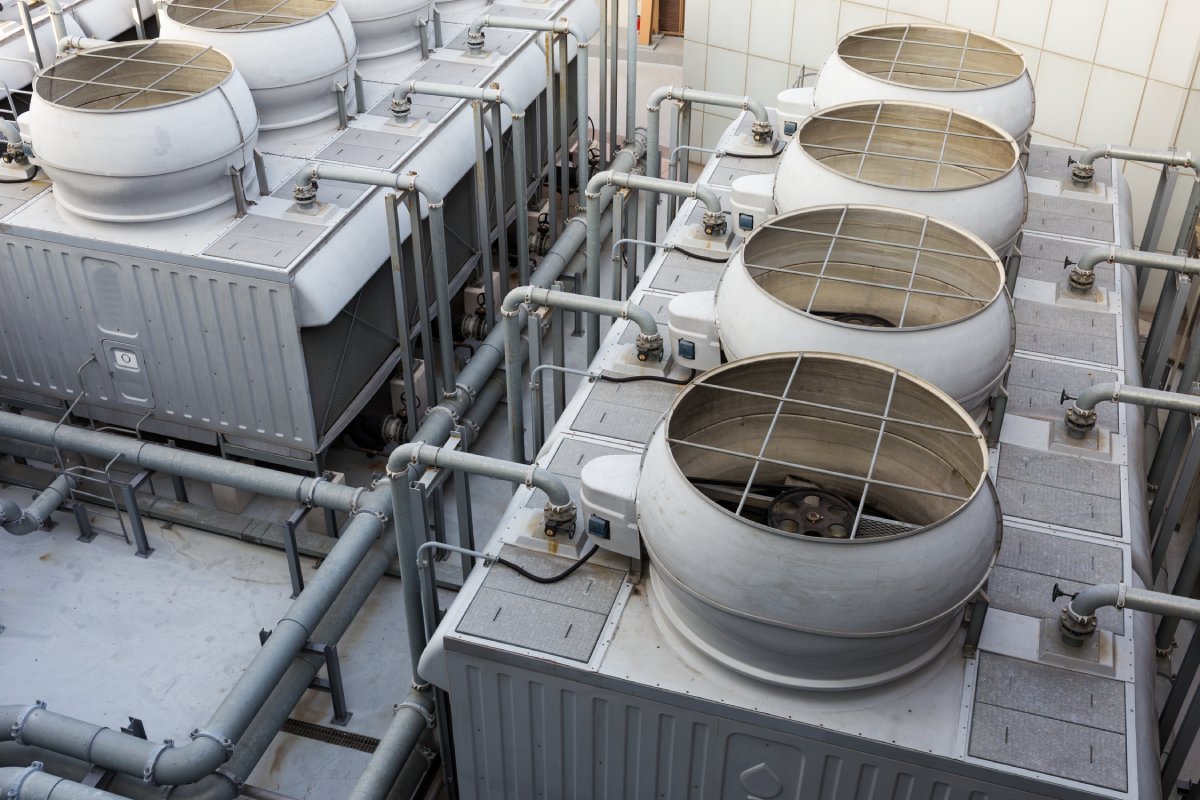In the realm of HVAC (Heating, Ventilation, and Air Conditioning) systems, ventilation plays a crucial role in maintaining a comfortable and healthy indoor environment. Ventilation refers to the process of exchanging indoor air with fresh outdoor air, ensuring proper air circulation, and removing pollutants. This blog post will delve into the significance of ventilation in HVAC systems, highlighting its impact on indoor air quality and energy efficiency.
- Enhancing Indoor Air Quality:
Ventilation is essential for maintaining good indoor air quality (IAQ). Without proper ventilation, indoor air can become stagnant and polluted, leading to a range of health issues. By introducing fresh outdoor air, ventilation dilutes and removes contaminants such as volatile organic compounds (VOCs), allergens, and odors. It also helps control humidity levels, preventing the growth of mold and mildew. With effective ventilation, occupants can enjoy cleaner and healthier air, reducing the risk of respiratory problems and allergies. - Controlling Temperature and Comfort:
Ventilation plays a vital role in controlling temperature and ensuring occupant comfort. In the summer, proper ventilation helps remove excess heat, preventing the buildup of hot air and reducing the reliance on air conditioning. In the winter, it helps distribute warm air evenly throughout the space, eliminating cold spots and drafts. By maintaining a comfortable temperature, ventilation contributes to a pleasant indoor environment, promoting productivity and well-being. - Energy Efficiency and Cost Savings:
Ventilation, when integrated with HVAC systems, can significantly improve energy efficiency and reduce operational costs. By incorporating energy recovery ventilation (ERV) or heat recovery ventilation (HRV) systems, the outgoing air's thermal energy can be transferred to the incoming fresh air, minimizing energy waste. This process reduces the load on heating and cooling equipment, leading to lower energy consumption and decreased utility bills. Properly designed ventilation systems can also optimize airflow, reducing the need for excessive fan power and improving overall system efficiency. - Compliance with Building Codes and Standards:
Ventilation requirements are governed by building codes and standards to ensure occupant health and safety. Adequate ventilation rates are specified to maintain acceptable IAQ levels in various spaces, such as residential, commercial, and industrial buildings. By adhering to these regulations, building owners and operators can avoid penalties, legal issues, and potential health risks associated with poor indoor air quality. Properly designed and maintained ventilation systems also contribute to obtaining green building certifications, demonstrating a commitment to sustainability and environmental responsibility.
Conclusion:
Ventilation is a critical component of HVAC systems, playing a pivotal role in maintaining indoor air quality, temperature control, energy efficiency, and compliance with regulations. By prioritizing proper ventilation design, installation, and maintenance, building occupants can enjoy a healthier and more comfortable indoor environment while reducing energy consumption and costs. As the demand for sustainable and efficient buildings continues to grow, understanding the importance of ventilation in HVAC systems becomes increasingly crucial for professionals in the industry.


